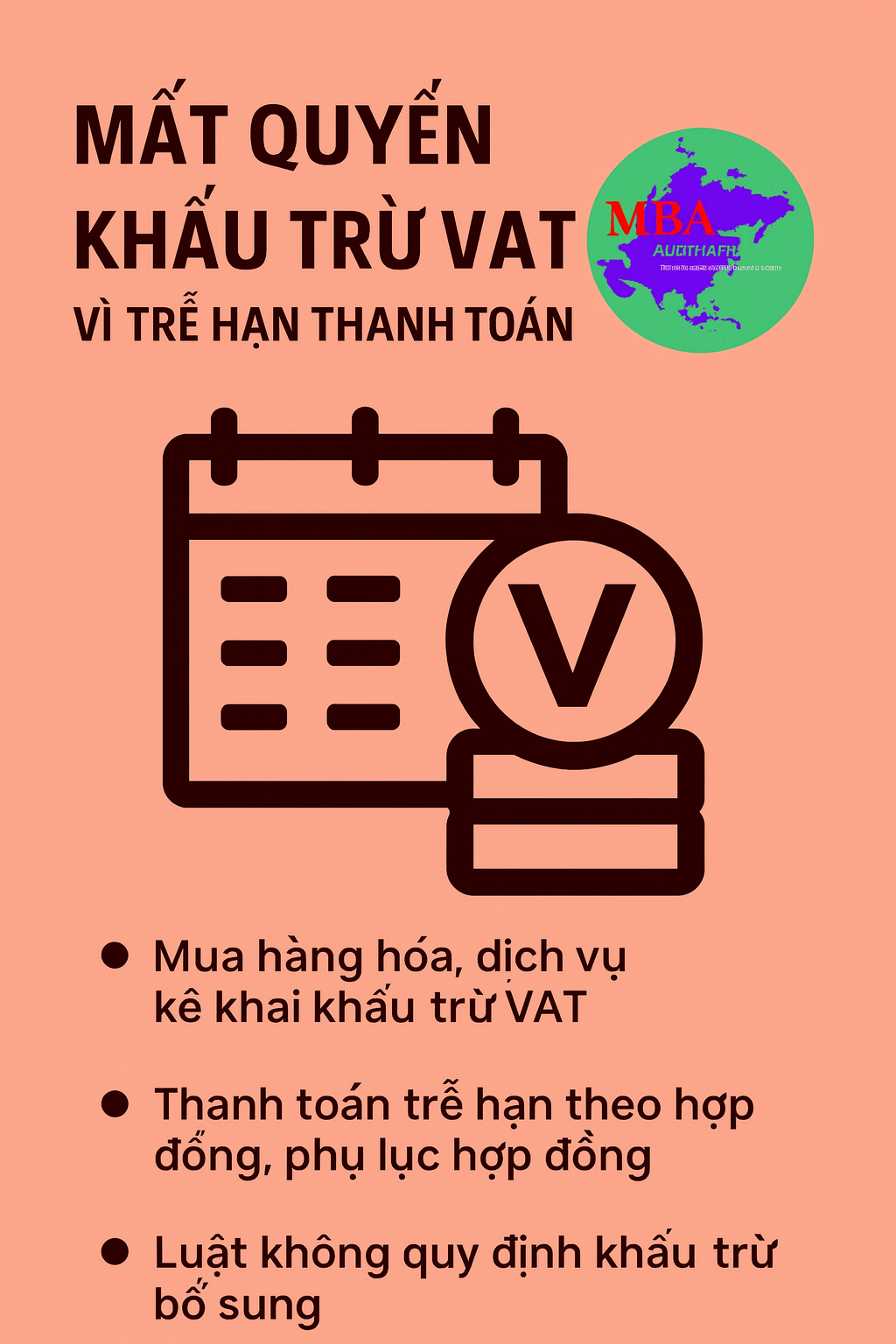Patience is a universal trait that transcends species, cultures, and even eras. It is the capacity to endure delays, obstacles, or frustrations without losing composure or motivation. Across the natural world and human societies, patience plays a vital role in survival, growth, and achievement. In marine environments, patience is exemplified by the behaviors of some of the ocean’s most majestic inhabitants, notably the whale shark—the largest fish in the world. Simultaneously, technological innovations have transformed how humans approach patience in fishing and exploration, often reducing the natural need for endurance. This article explores the intricate relationship between biological patience, technological progress, and personal development, drawing lessons from the whale shark and modern practices.
- The Biology and Behavior of the World’s Largest Fish: The Whale Shark
- The Science Behind Fish Behavior and the Role of Technology
- Lessons from the Longest Recorded Fishing Marathon: Endurance and Patience
- The Speed of the Sailfish: A Lesson in Patience and Timing
- Modern Angling and Fishin’ Frenzy: Cultivating Patience in a Digital Age
- The Non-Obvious Depths of Patience: Emotional and Psychological Dimensions
- Bridging Biological and Technological Perspectives: Future Lessons in Patience
- Conclusion: Embracing Patience Through Lessons from the World’s Largest Fish and Modern Tools
The Biology and Behavior of the World’s Largest Fish: The Whale Shark
Physical characteristics and ecological role of the whale shark
The whale shark (Rhincodon typus) holds the title as the largest fish species, reaching lengths of up to 18 meters (59 feet) and weighing as much as 20.6 metric tons. Its distinctive pattern of white spots and broad, flattened head make it easily recognizable. Despite its enormous size, the whale shark is a gentle filter feeder, playing a crucial role in maintaining the health of marine ecosystems by consuming large quantities of plankton, small fish, and other tiny organisms. Its slow, deliberate movements exemplify a form of patience that is vital for its survival in the vast ocean.
Natural behavior patterns emphasizing patience—slow movements, long migrations, and feeding strategies
Whale sharks are renowned for their slow pace—often moving at just 3 km/h (1.9 mph)—and their extensive migrations across ocean basins, sometimes spanning thousands of kilometers. During feeding, they exhibit a patient, methodical approach: opening their mouths wide and filtering vast amounts of water for food. This behavior demands a high level of persistence and timing precision, as they rely on patience to encounter the right feeding conditions and locations. Such behaviors highlight how patience is embedded in their survival strategy, enabling them to thrive despite their slow movement and the vastness of their habitat.
How these behaviors exemplify patience in survival and adaptation
The whale shark’s patience is a key adaptation—allowing it to conserve energy during long migrations and to maximize feeding opportunities in nutrient-rich zones. These behaviors demonstrate that in natural settings, patience is not passive but an active, strategic trait that ensures survival in unpredictable environments. Scientific studies, such as tracking migrations via satellite tags, reveal that this patience-driven approach is essential for the whale shark’s ecological success. This natural model underscores the importance of patience as a vital component of resilience and adaptation.
The Science Behind Fish Behavior and the Role of Technology
Historical development of fishing technology: from traditional methods to sonar (invention in 1948)
Historically, fishing relied on simple, time-intensive methods—hand lines, nets, and traps—that required patience and skill from fishermen. The advent of sonar technology in 1948 revolutionized fishing practices by allowing anglers and commercial fleets to detect fish schools beneath the water’s surface rapidly. Sonar systems emit sound waves that bounce off objects, providing real-time images of fish concentrations. This technological leap drastically shortened the waiting period for a successful catch and shifted the fishing paradigm from patience-based to efficiency-driven.
How technological advancements have changed the fishing experience—reducing waiting times and increasing efficiency
Modern fishing tools, including GPS, fish finders, and remotely operated vehicles (ROVs), have further minimized the need for long waits and extensive patience traditionally necessary. These innovations enable fishermen to locate targets quickly, plan precise routes, and optimize their efforts. While this increases productivity, it also introduces a contrast with the natural patience exhibited by marine species like the whale shark. Human impatience, fueled by technology, often pushes for immediate results, sometimes at the expense of ecological balance.
The contrast between natural patience of fish and human impatience driven by modern technology
This contrast highlights a fundamental difference: marine animals like the whale shark embody patience as an ecological necessity—waiting for the right conditions—whereas humans, especially with modern tech, tend to seek instant gratification. Recognizing this disparity encourages a reflection on how technology can both aid and hinder our appreciation of patience, urging a balanced approach that respects natural rhythms while leveraging technological advancements responsibly.
Lessons from the Longest Recorded Fishing Marathon: Endurance and Patience
Details of the 84-hour fishing marathon in Ireland and what it reveals about perseverance
In a notable example of human endurance, a fishing marathon in Ireland lasted 84 hours, with anglers remaining focused and committed despite fatigue and dwindling patience. Such prolonged efforts showcase the importance of resilience and mental stamina—qualities essential for achieving long-term goals. This event underscores that patience is often intertwined with perseverance, requiring individuals to resist impulses for immediate results and stay committed over extended periods.
Connecting long-duration fishing to the virtue of patience—resisting impulse, maintaining focus
Long fishing marathons teach that patience involves strategic restraint—knowing when to wait, when to adjust tactics, and how to manage frustration. Maintaining focus amidst adversity is crucial. These lessons are transferable to personal development: success often depends on staying patient through setbacks, whether pursuing career ambitions, learning new skills, or overcoming personal challenges.
Implications for personal development and goal achievement
Scientific research supports that patience correlates with better decision-making, emotional regulation, and long-term satisfaction. Cultivating endurance, much like the anglers in Ireland, can foster resilience, improve mental health, and facilitate the achievement of complex goals—highlighting patience as a cornerstone of personal growth.
The Speed of the Sailfish: A Lesson in Patience and Timing
Exploring the paradox of a fast fish that relies on patience—sneaking, waiting for the right moment to strike
The sailfish (Istiophorus platypterus) is renowned for reaching speeds of up to 110 km/h (68 mph), making it one of the fastest fish in the ocean. Paradoxically, despite its speed, it depends heavily on patience and strategic timing to catch prey. Sailfish often stalk their targets by slowly approaching, then launching rapid, precise strikes once the moment is right. This illustrates that speed alone does not guarantee success; patience and timing are equally critical for effective predation.
How speed and patience complement each other in predatory behavior
This synergy of rapid movement and strategic patience is a model for many human endeavors. For example, athletes or negotiators may possess quick reflexes or decision-making skills but must also wait for optimal moments to act. Recognizing that swift action is most effective when combined with patient observation and timing can improve performance in various fields, from business to sports.
Drawing parallels to human activities that require strategic patience despite rapid capabilities
In the digital age, rapid information and tools can tempt us to act impulsively. However, emulating the sailfish’s approach—balancing speed with patience—can lead to better outcomes. Whether in stock trading, project management, or personal relationships, strategic patience ensures actions are well-timed and effective.
Modern Angling and Fishin’ Frenzy: Cultivating Patience in a Digital Age
How modern fishing games and simulators like Fishin’ Frenzy foster patience and strategic thinking
Digital platforms such as Fishin’ Frenzy serve as contemporary tools to teach and reinforce patience. These games simulate fishing scenarios where players must wait for the right moment to strike, manage resources, and develop strategies to succeed. Such virtual environments mimic real-world patience, providing safe, engaging ways to hone resilience and long-term focus without the constraints of actual fishing expeditions.
The role of virtual environments in teaching patience without the constraints of real-world fishing
By engaging with these simulations, players learn to control impulses, plan ahead, and endure periods of waiting—all valuable skills transferable to real-life situations. These experiences highlight that patience can be cultivated through interactive, low-stakes environments, fostering mental agility and emotional resilience.
Benefits of these experiences in developing resilience and long-term focus
Research indicates that such virtual exercises can improve executive functions, including impulse control and strategic planning. As a result, players develop a greater capacity for patience—an essential trait for personal and professional success. This modern approach underscores how technology can complement natural patience, creating a balanced pathway for growth.
The Non-Obvious Depths of Patience: Emotional and Psychological Dimensions
Patience as a cognitive skill: managing frustration and uncertainty in fishing and life
Beyond its practical benefits, patience is a complex cognitive skill involving emotional regulation, impulse control, and tolerance for uncertainty. For example, anglers waiting for a bite must suppress frustration and maintain composure, mirroring challenges in everyday decision-making and stress management. Scientific studies link these abilities to improved mental health and decision quality.
The emotional resilience learned through extended patience, exemplified by long fishing marathons and marine behaviors
Extended periods of patience—whether in long fishing marathons or observing marine species—build emotional resilience by teaching individuals to withstand setbacks and persist through adversity. Cultivating such resilience enhances overall well-being and equips people to handle life’s unpredictable challenges better.
Scientific insights into how patience influences mental health and decision-making
Research published in psychology journals emphasizes that patience correlates with lower stress levels, higher life satisfaction, and better impulse control. Neuroimaging studies show that practicing patience activates brain regions associated with self-control and emotional regulation, reinforcing its importance for mental health.
Bridging Biological and Technological Perspectives: Future Lessons in Patience
Emerging technologies that could enhance understanding and practice of patience in marine exploration and fishing
Innovations such as autonomous underwater drones, AI-powered tracking systems, and virtual reality simulations hold promise for advancing our understanding of marine behaviors and patience strategies. These tools can facilitate detailed observation of species like the whale shark, allowing scientists and anglers to learn from natural patience and incorporate it into better conservation and fishing practices.
Ethical considerations: balancing technological efficiency with respect for natural patience and ecosystems
As technology accelerates, ethical questions emerge regarding its impact on ecosystems. Over-reliance on efficiency might disrupt natural behaviors or lead to overfishing. Therefore, integrating biological insights with responsible tech use is essential to ensure sustainable practices that honor the patience inherent in marine life.
How integrating biological insights with tech innovations can foster sustainable patience-based practices
Combining scientific knowledge of marine species’ patience strategies with innovative technologies can promote sustainable fishing and exploration. For instance, smart monitoring systems that mimic natural cues can help fishermen target fish responsibly, respecting the patience and resilience of marine ecosystems.
Conclusion: Embracing Patience Through Lessons from the World’s Largest Fish and Modern Tools
The behaviors of the whale shark and other marine species demonstrate that patience is not merely passivity but a strategic, vital trait for survival and adaptation. Meanwhile, technological progress has reshaped how humans approach patience—often reducing the natural need for endurance but also offering new avenues for cultivating resilience. Engaging with both biological insights and modern tools like virtual simulations can help us develop patience as a core skill, essential for personal growth and ecological sustainability.
“Patience, in both nature and human endeavors, is a dynamic force—powerful enough to shape resilience, guide strategic action, and foster harmony with our environment.”
For those interested in exploring these principles further, engaging with modern simulation experiences—such as the popular <a href=”https://fishinfrenzy-slot-machine.uk/” style=”color: #1E90FF; text-decoration:






